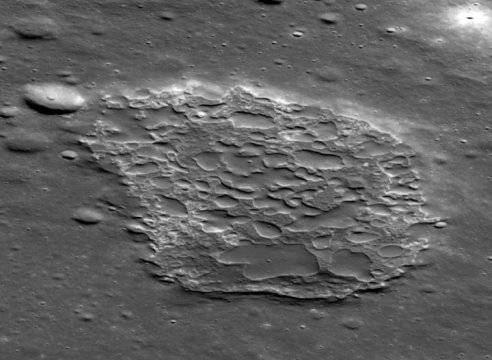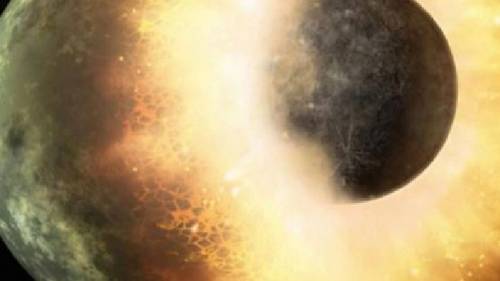 Close Topic Options
Close Topic OptionsHistory Of The Moon
History Moon - Sciences, Education, Art, Writing, UFO - Posted: 29th Mar, 2017 - 7:50pm
History Of The Moon UFO & Writing Art Education Sciences
Earth's moon wandered off axis billions of years ago
A new study reports Earth's moon wandered off its original axis roughly 3 billion years ago. Ancient lunar ice indicates the moon's axis slowly shifted by 125 miles, or 6 degrees, over 1 billion years. Earth's moon now a member of solar system's exclusive 'true polar wander' club, which includes just a handful of other planetary bodies. Ref. Source 4w.
Moon The History
Supernova iron found on the moon
Approximately two million years ago a star exploded in a supernova close to our solar system: Its traces can still be found today in the form of an iron isotope found on the ocean floor. Now scientists have found increased concentrations of this supernova-iron in lunar samples as well. They believe both discoveries to originate from the same stellar explosion. Ref. Source 2k.
History Of The Moon
Small impacts are reworking the moon's soil faster than scientists thought
The Moon's surface is being "Gardened" -- churned by small impacts -- more than 100 times faster than scientists previously thought. This means that surface features believed to be young are perhaps even younger than assumed. It also means that any structures placed on the Moon as part of human expeditions will need better protection. Ref. Source 7b.
History The Moon
How Earth's previous moons collided to form the moon: New theory
A new theory suggests the Moon we see every night is not Earth's first moon, but rather the last in a series of moons that orbited our planet. Moons formed through the process could cross orbits, collide and merge, slowly building the bigger moon we see today. Ref. Source 8f.
History The Moon Sciences Education Art Writing & UFO
How a young-looking lunar volcano hides its true age
A young-looking volcanic caldera on the Moon has been interpreted by some as evidence of relatively recent lunar volcanic activity, but new research suggests it's not so young after all. Ref. Source 5o
Image from NASA.

History Of The Moon (Hover)
 TOPIC: History Of The Moon
TOPIC: History Of The Moon
